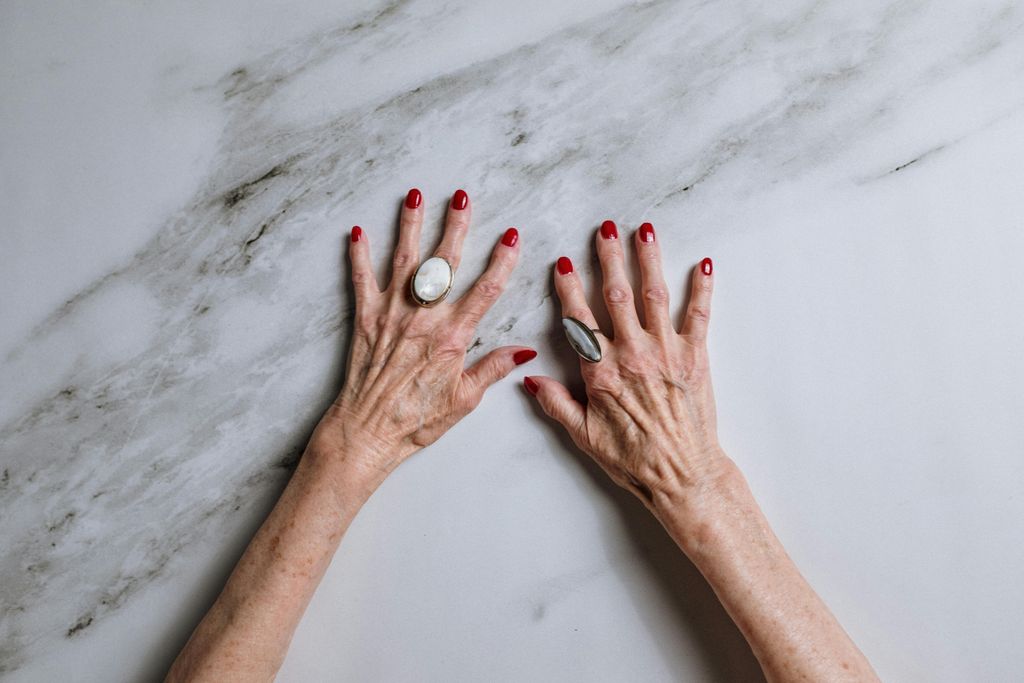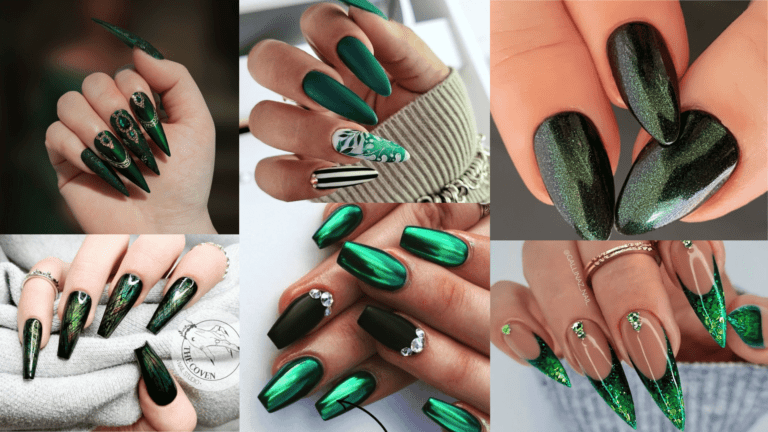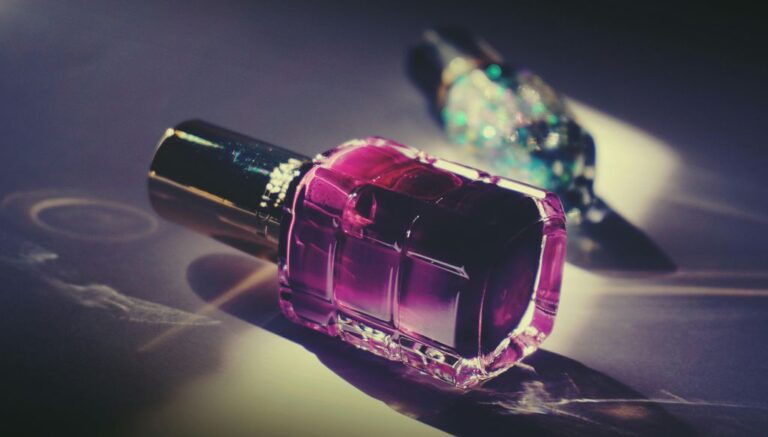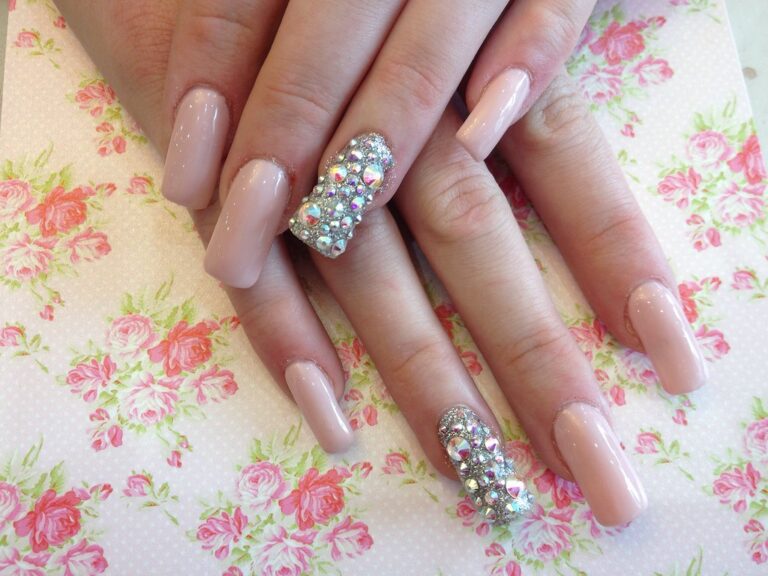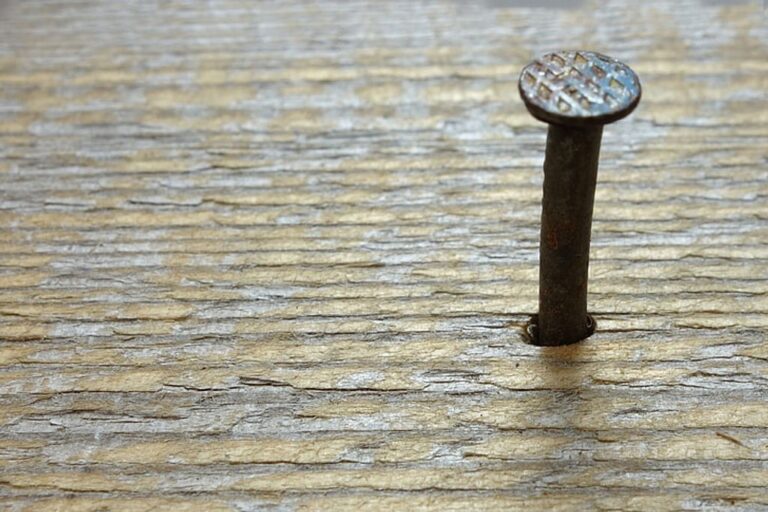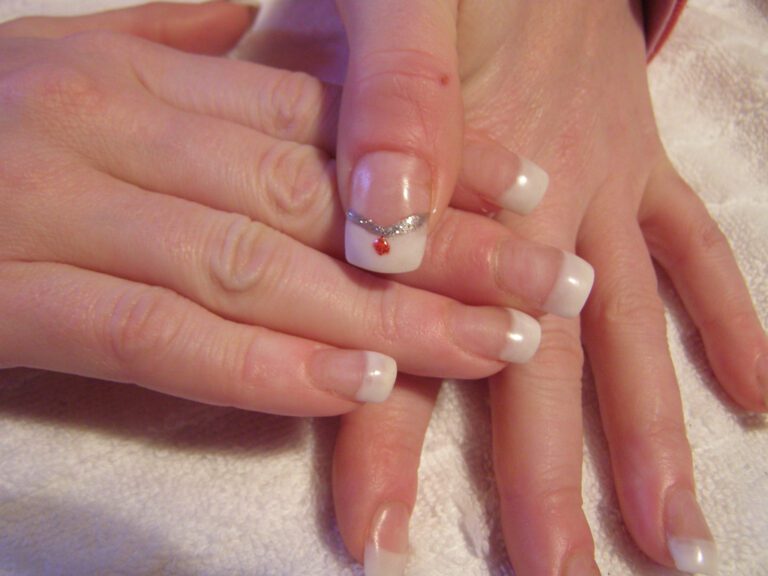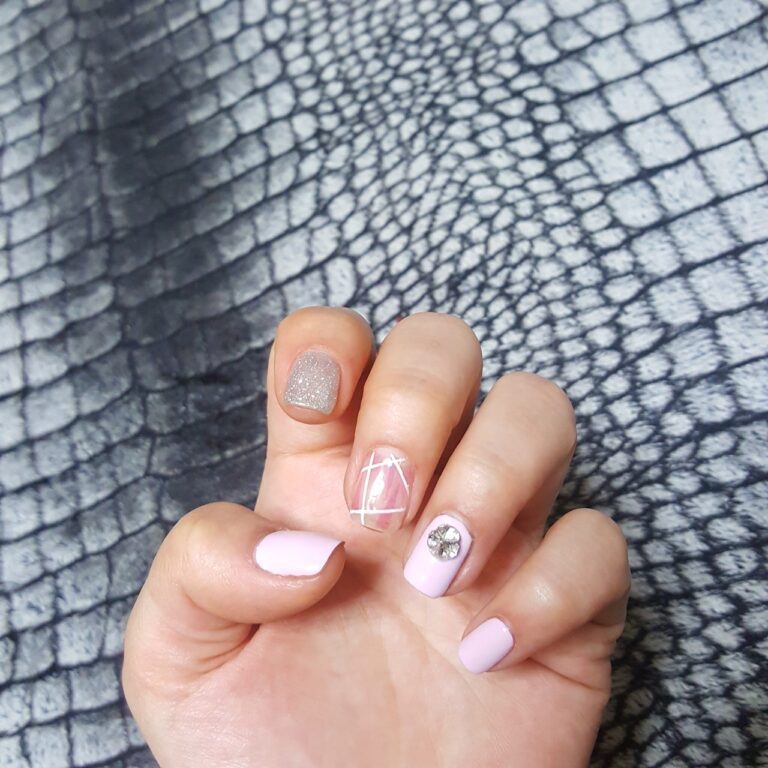“Whitening Wonders: When Nails Turn White”
White nails can be a cause for concern, indicating underlying health issues or cosmetic concerns. Understanding the reasons behind white nails and knowing when to seek professional help is crucial for maintaining nail health. In this article, we will explore the science of nail discoloration, medical conditions linked to white nails, nutritional deficiencies, cosmetic causes, and when to seek professional help.
Key Takeaways
- White nails can be a sign of various health conditions, including liver diseases and fungal infections.
- Nutritional deficiencies, particularly of zinc and iron, can lead to white nails.
- Avoiding excessive use of nail polish and removers can help maintain natural nail color and health.
- Regularly consulting a dermatologist is important if you notice persistent white discoloration of the nails.
- Pay attention to warning signs such as changes in nail texture and color, and seek professional help if needed.
Unveiling the Mysteries Behind White Nails

The Science of Nail Discoloration
Nail discoloration can be a window into our overall health, revealing issues that may otherwise go unnoticed. The keratin structure of the nail plate is naturally transparent, but various factors can cause it to change color. For instance, minor injuries to the nail or nail bed can lead to white spots or streaks as the nail grows out.
Trauma is not the only cause of white nails; systemic health issues can also manifest as changes in nail color. It’s essential to understand that not all changes are cause for concern—some are benign and temporary. However, persistent or widespread white discoloration could signal underlying health problems.
Tip: If you notice a sudden change in your nail color, consider any recent activities that may have caused injury to your nails before jumping to conclusions about your health.
Common Causes of White Nails
White nails can be the result of various factors, ranging from minor to more serious health concerns. One of the most common causes is minor trauma to the nail bed, which can disrupt nail growth and lead to white spots or streaks. These are often harmless and will grow out over time.
Another frequent culprit is an allergic reaction to nail care products, such as nail polish, hardeners, or removers. Prolonged exposure to these chemicals can damage the nail and create a white discoloration. To maintain nail health, consider using hypoallergenic products or taking breaks between polishes.
Infections, particularly fungal infections, can also cause nails to turn white. These infections often require medical treatment, so it’s important to recognize the signs early on. Here’s a quick list of symptoms to watch for:
- Thickening of the nail
- Crumbling edges
- Discoloration or white patches
- Separation of the nail from the nail bed
Tip: If you notice persistent white spots or changes in your nails, it’s advisable to consult a healthcare professional to rule out any underlying conditions.
Medical Conditions Linked to White Nails

Nail Psoriasis Explained
Nail psoriasis is a chronic condition that affects the nails, causing changes in texture, color, and shape. It is often characterized by pitting and thickening of the nails, and in severe cases, it can lead to nail detachment. The severity of nail psoriasis can be measured using the Nail Psoriasis Severity Index (NAPSI), which helps doctors gauge the extent of the condition and track the effectiveness of treatments. This index considers the presence of pitting, onycholysis, and nail plate crumbling as key indicators of severity. If you suspect nail psoriasis, consulting a dermatologist for proper diagnosis and treatment is crucial. Here are some common signs of nail psoriasis:
The Impact of Liver Diseases
Liver diseases can have a significant impact on the health of nails. Cirrhosis is one such condition that can lead to changes in nail color and texture. These changes may include a whitish appearance, brittleness, and ridges. It’s important to note that the severity of nail changes can vary depending on the stage and progression of the liver disease. In some cases, nail abnormalities may be an early indicator of liver problems. Seeking medical attention for proper diagnosis and treatment is crucial in such situations. Here’s a brief overview of the impact of liver diseases on nail health:
Fungal Infections and Their Signs
Fungal infections of the nails, also known as onychomycosis, can be stubborn conditions that change the appearance and texture of nails. These infections are typically caused by various types of fungi, including yeasts and molds, which thrive in warm, moist environments.
Symptoms of fungal nail infections can vary but often include:
- Thickening of the nail
- Distortion in the shape of the nail
- A white or yellow streak under the nail
- Crumbling of the nail edges
- Discoloration or darkening of the nail
Tip: Keeping nails dry and clean can help prevent fungal infections. If you suspect a fungal infection, avoid using nail polish as it can trap moisture and worsen the condition.
Early detection and treatment are crucial for managing fungal infections effectively. Over-the-counter antifungal treatments may offer relief for mild cases, but persistent or severe infections often require professional medical intervention.
Nutritional Deficiencies and Nail Health

The Role of Vitamins and Minerals
The health of our nails is intricately connected to the vitamins and minerals we ingest. For instance, biotin, a B-vitamin, is renowned for its role in fostering strong and resilient nails. A deficiency in biotin can lead to brittle nails that are prone to splitting and breaking.
Essential minerals also play a pivotal part in nail health. Iron is vital for red blood cell function, which in turn supports nail growth by ensuring oxygen-rich blood reaches the nail bed. Similarly, zinc is involved in protein synthesis and cell division, both of which are necessary for nail growth and repair. Magnesium, another key mineral, enhances the body’s ability to absorb calcium, a fundamental component for healthy nails.
It’s important to remember that while vitamins and minerals are crucial for nail health, balance is key. Excessive intake of certain nutrients can be just as detrimental as a deficiency. Here’s a quick guide to some of the vitamins and minerals essential for maintaining healthy nails:
- Biotin (Vitamin B7)
- Iron
- Zinc
- Magnesium
- Calcium
Tip: To ensure you’re getting a balanced intake of these nutrients, consider a diet rich in fruits, vegetables, lean proteins, and whole grains, or discuss with a healthcare provider about the possibility of supplementation.
Identifying Deficiency Through Nails
Nails can be a telling indicator of our overall health, particularly when it comes to nutritional deficiencies. A lack of certain vitamins and minerals can manifest in the appearance of our nails, providing clues to potential health issues. For instance, brittle nails may not only suggest aging or external damage but could also indicate a deficiency in vitamins such as biotin, iron, or zinc.
Iron deficiency, for example, can lead to a condition known as spoon nails, where the nails become concave and thin. Similarly, a lack of vitamin B12 might result in excessive dryness and darkened nails. It’s essential to observe these changes and consider them as signs warranting further investigation.
Here’s a quick reference to common nail symptoms and their possible nutritional links:
- Brittle or peeling nails: Possible iron or biotin deficiency
- Spoon-shaped nails: Likely iron deficiency
- White spots or lines: Often zinc deficiency
- Yellowing nails: Could be a sign of vitamin E deficiency
Tip: Consistent nail care and a balanced diet rich in essential nutrients can help prevent these deficiencies. However, if nail changes persist, it’s advisable to seek professional advice to rule out underlying health issues.
Cosmetic Causes and Solutions

The Effects of Nail Polish and Removers
Frequent use of nail polish and removers can take a toll on the natural luster and strength of your nails. The primary culprit behind this damage is the presence of harsh chemicals. Nail polish removers often contain solvents such as acetone or ethyl acetate, which are effective at dissolving polish but can also strip nails of their natural oils.
Overexposure to these chemicals can lead to dry, brittle nails, and in some cases, cause the nails to become white or discolored. It’s not just the removers that are to blame; nail polishes themselves may contain potentially harmful substances like formaldehyde, toluene, and dibutyl phthalate.
Tip: To minimize damage, opt for acetone-free removers and polishes labeled as ‘3-free’ or ‘5-free,’ indicating the absence of certain toxic chemicals.
Here’s a simple list of steps to protect your nails from the adverse effects of polishes and removers:
- Choose nail care products wisely, avoiding those with harsh chemicals.
- Limit the frequency of polish changes to give your nails a break.
- Apply a nourishing nail cream or oil regularly to replenish moisture.
- Wear gloves when using cleaning products to prevent chemical exposure.
Tips for Healthy Nail Care Routines
Maintaining the health of your nails is not just about aesthetics; it’s a practice that prevents potential infections and disorders. A cornerstone of nail care is the regular use of moisturizers. Keeping your nails and cuticles well-hydrated can ward off brittleness and breakage. For this, apply a nourishing cuticle oil and hand cream diligently, especially after exposure to water or harsh chemicals.
In addition to moisturizing, proper nail hygiene is crucial. This includes keeping your nails clean and trimmed, but be sure to avoid over-trimming as it can lead to issues such as hangnails or infections. When filing your nails, opt for a gentle approach with a fine-grit file to prevent splitting. Here’s a simple routine to follow:
- Clean your nails with soap and water regularly.
- Trim nails to a comfortable length, following the natural shape of your fingertip.
- Gently file any rough edges to prevent snagging and splitting.
- Moisturize with cuticle oil and hand cream daily.
- Wear gloves when using cleaning agents or gardening to protect your nails from damage.
Tip: Always use sharp, clean nail tools to prevent the spread of infection. Dull tools can tear the nail and create entry points for bacteria.
Remember, the use of harsh nail polish removers can strip the nails of their natural oils. Opt for acetone-free formulas and limit the use of nail polish to allow your nails to breathe. If you notice persistent nail problems, it may be time to consult a dermatologist to rule out any underlying health issues.
When to Seek Professional Help

Recognizing Warning Signs
When it comes to nail health, recognizing the warning signs of potential issues is crucial. White nails can be more than just a cosmetic concern; they may indicate underlying health conditions. It’s important to observe your nails regularly and take note of any changes that deviate from their normal appearance.
Some key warning signs to look out for include:
- Persistent white spots or streaks that do not fade over time.
- Nails that are predominantly white with darker rims, which could signify liver problems.
- Changes in nail texture, such as increased thickness or brittleness, often associated with fungal infections.
- Any accompanying symptoms, like swelling or pain around the nails, should be taken seriously.
Tip: If you notice any of these changes, it’s advisable to keep a record of their progression. This information can be invaluable when consulting with a healthcare professional.
If you’re experiencing multiple warning signs or if the changes in your nails persist, it’s time to seek professional advice. While some causes of white nails are benign, others require medical attention to prevent further complications.
Consulting a Dermatologist
When white nails persist or are accompanied by other symptoms, it’s time to consult a dermatologist. These medical professionals specialize in skin, hair, and nail conditions, and can provide a comprehensive evaluation of your nail health. A dermatologist will consider your medical history, perform a physical examination, and may order tests to diagnose the underlying cause of white nails.
- Schedule an appointment with a board-certified dermatologist.
- Be prepared to discuss your nail care routine and any recent changes.
- Bring a list of all medications and supplements you’re currently taking.
Tip: Always inform your dermatologist about any nail treatments or products you use, as these can impact your nail health.
After the consultation, your dermatologist may recommend treatment options or lifestyle changes to address the issue. In some cases, they might refer you to another specialist if the white nails are indicative of a more systemic condition.
If you’re struggling with complex nail art designs or experiencing challenges with nail care, it may be time to seek professional help. At NAILinspire.com, we offer a comprehensive online nail art design library to inspire and guide you. Our expert resources and tutorials cover a wide range of nail art techniques and tips, ensuring that you can achieve the perfect manicure every time. Visit NAILinspire.com today to elevate your nail art game and unlock your creativity.
Frequently Asked Questions
What are the common causes of white nails?
Common causes of white nails include trauma, fungal infections, liver diseases, and nutritional deficiencies.
How can I identify nutritional deficiencies through my nails?
Nutritional deficiencies can be identified through nails by observing changes in color, texture, and shape, which may indicate deficiencies in vitamins and minerals.
Can nail polish and removers cause white nails?
Yes, certain nail polishes and removers containing harsh chemicals can lead to nail discoloration, including white spots or patches.
When should I seek professional help for white nails?
It is advisable to seek professional help if you notice persistent white discoloration in your nails, as it may indicate an underlying health condition that requires medical attention.
What medical conditions are linked to white nails?
Medical conditions linked to white nails include nail psoriasis, liver diseases, and fungal infections, which can cause various forms of nail discoloration.
How can I maintain healthy nails and prevent white discoloration?
Maintaining healthy nails and preventing white discoloration can be achieved through proper nail care routines, including moisturizing, protecting nails from trauma, and using nail products with natural ingredients.

